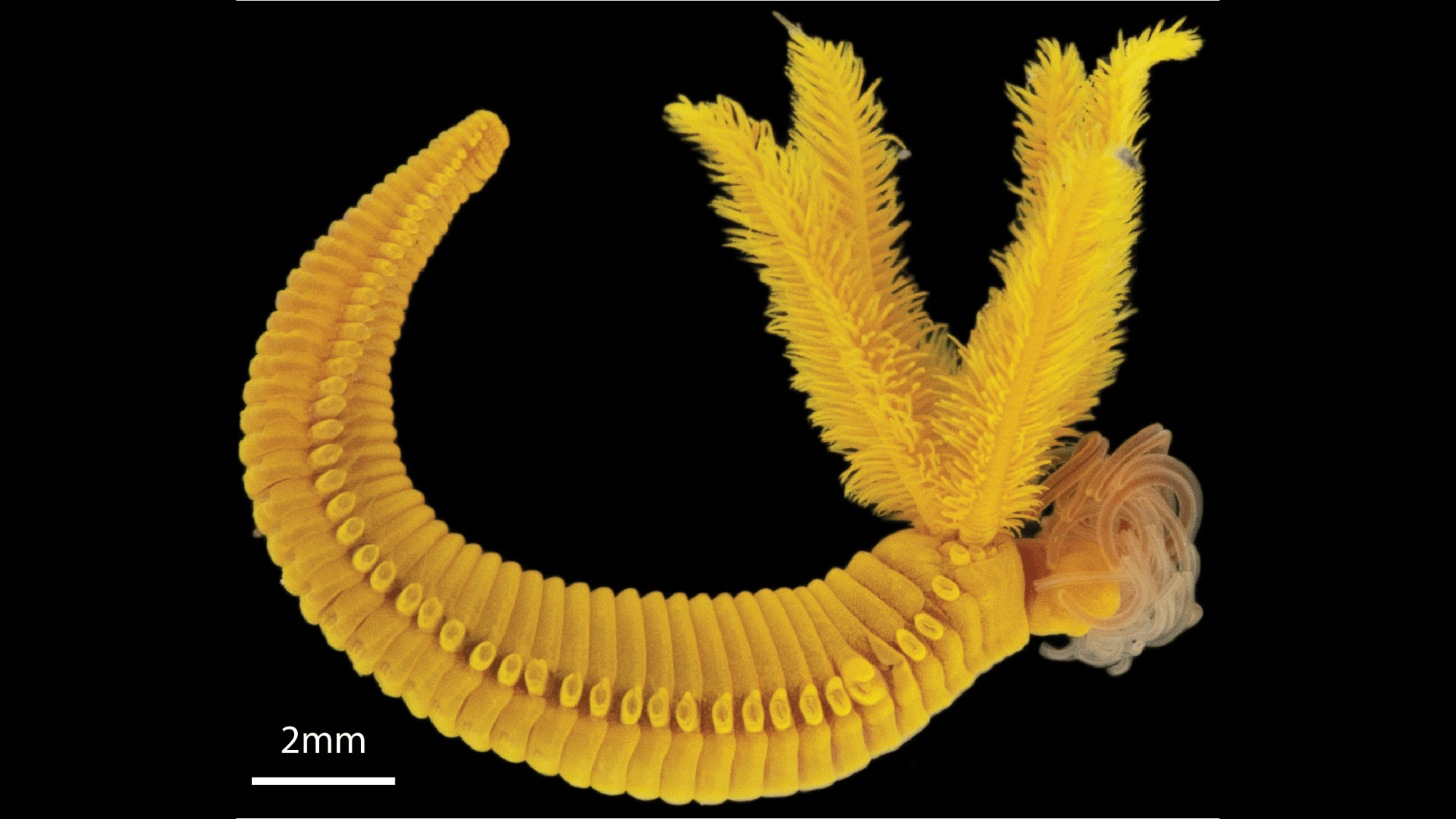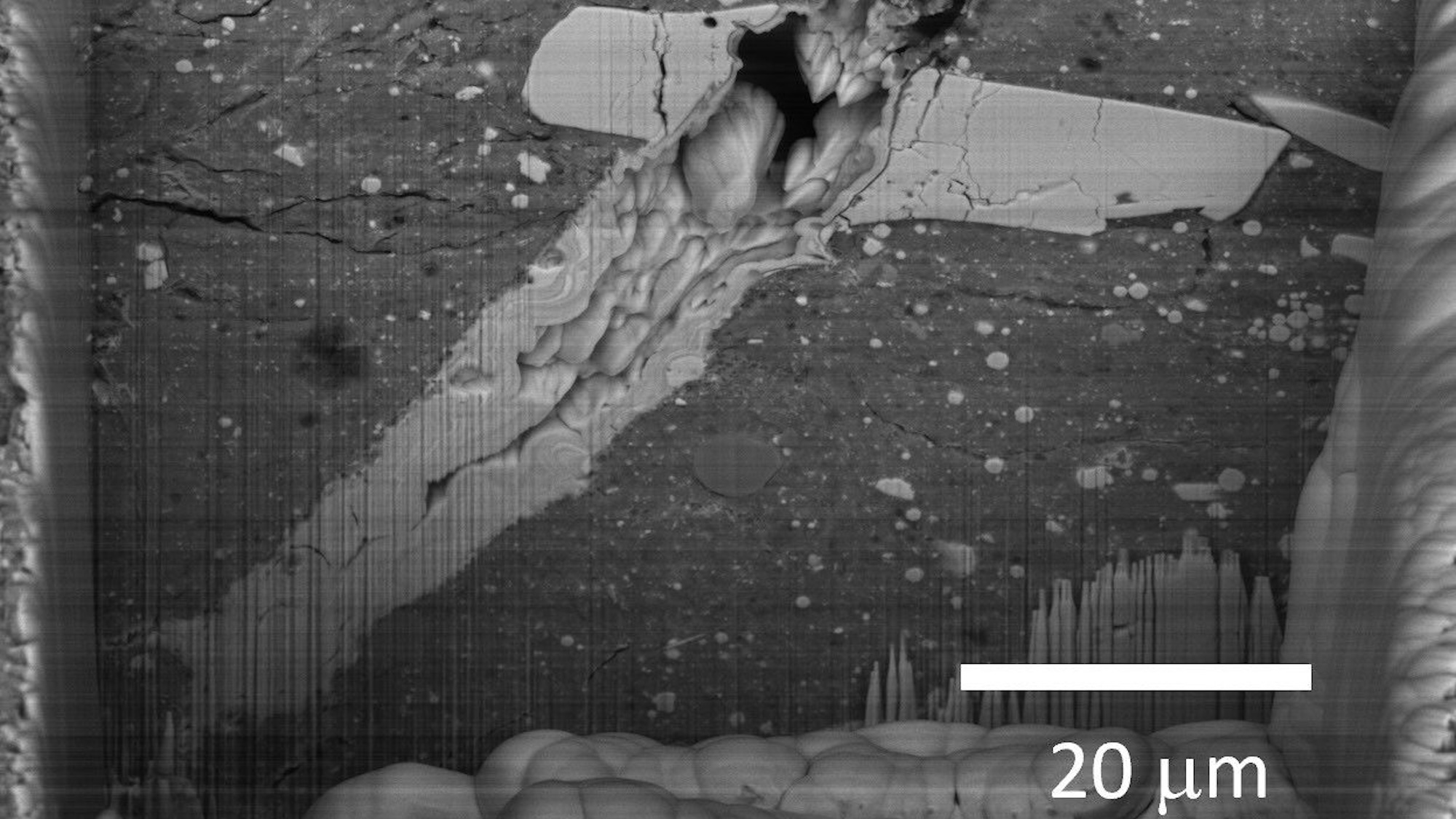Now Reading: Deep-Sea Worm Found Sporting Toxic Pigment Once Favored by Rembrandt
-
01
Deep-Sea Worm Found Sporting Toxic Pigment Once Favored by Rembrandt
Deep-Sea Worm Found Sporting Toxic Pigment Once Favored by Rembrandt

Quick Summary
- Species Highlight: Paralvinella hessleri is a deep-sea worm living in hydrothermal vents of the western Pacific Ocean, including the Mariana Back-Arc basin and Okinawa trough.
- Extreme Environment: these habitats are over 8,000 feet deep with scarce oxygen and high levels of magma-related toxins such as arsenic and sulfide.
- Adaptation Strategy: The worm accumulates arsenic in its skin cells, which reacts with sulfide to form orpiment-a toxic golden mineral used historically by painters like Rembrandt for its vibrant yellow pigment.
- Protective Mechanism: By incorporating less toxic orpiment into its body, P. hessleri adapts to thrive amidst highly poisonous surroundings using a “fighting poison with poison” strategy.
- Scientific Research: A study by the Chinese Academy of Sciences investigated this detoxification process thru DNA analysis and advanced microscopy techniques detailed in PLOS Biology.
For more: Read more
Indian Opinion Analysis
The revelation of how Paralvinella hessleri adapts to survive in extreme environments sheds light on evolutionary resilience against chemical toxicity-a phenomenon potentially relevant beyond marine biology alone. India’s oceanographic research community could view this as an chance for interdisciplinary exploration across biology, chemistry, art history (e.g., pigmentation studies), and environmental sustainability sciences.
Hydrothermal vent ecosystems have implications for marine biodiversity conservation efforts globally-including India’s diverse aquatic zones spanning tropical waters to deeper seabeds near Andaman-Nicobar islands-which might share unique extremophile species yet undiscovered.
From studying these worms’ biochemical adaptations, researchers could illuminate pathways for developing technology that mitigates environmental contamination-beneficial given India’s proactive stance toward combating pollution at industrial levels while safeguarding marine zones integral-to coastal populations fishing-economic livelihoods



























